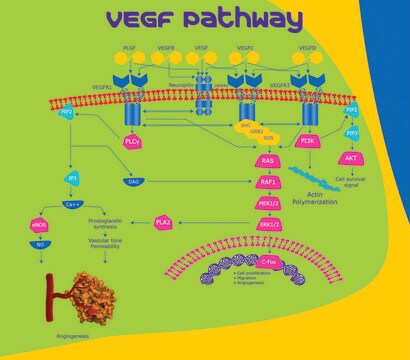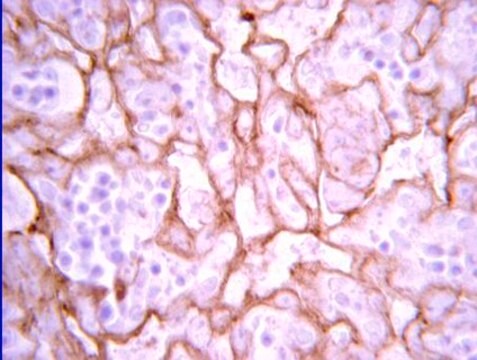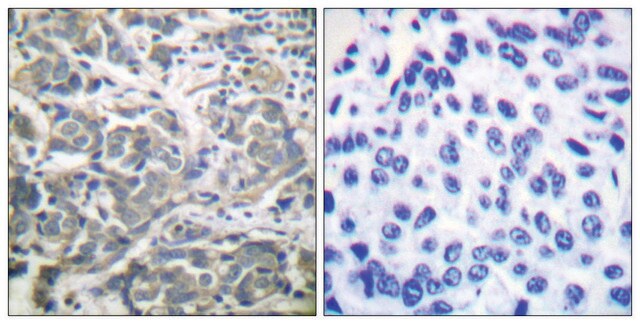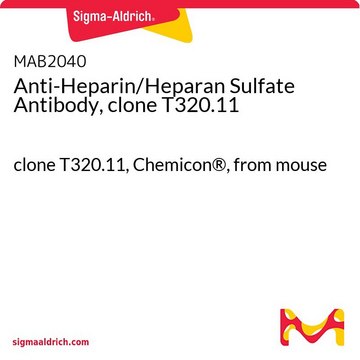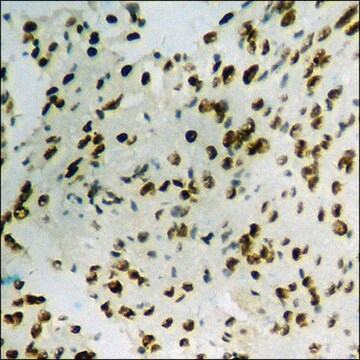SRP8056
Tim-3 (mouse): FC (human)
recombinant, expressed in CHO cells, ≥98% (SDS-PAGE)
Sinonimo/i:
HAVcr-2, T-cell immunoglobulin and mucin domain-containing protein 3, TIM3, TIMD3
About This Item
Prodotti consigliati
Origine biologica
mouse
Ricombinante
expressed in CHO cells
Saggio
≥98% (SDS-PAGE)
Forma fisica
lyophilized
PM
monomer 45 kDa by calculation
Confezionamento
pkg of 100 μg
Condizioni di stoccaggio
avoid repeated freeze/thaw cycles
Impurezze
<0.06 EU/μg endotoxin, tested
Colore
white
N° accesso UniProt
Condizioni di spedizione
wet ice
Temperatura di conservazione
−20°C
Informazioni sul gene
mouse ... Havcr2(171285)
Descrizione generale
Azioni biochim/fisiol
Stato fisico
Ricostituzione
Altre note
Codice della classe di stoccaggio
10 - Combustible liquids
Classe di pericolosità dell'acqua (WGK)
WGK 2
Punto d’infiammabilità (°F)
Not applicable
Punto d’infiammabilità (°C)
Not applicable
Certificati d'analisi (COA)
Cerca il Certificati d'analisi (COA) digitando il numero di lotto/batch corrispondente. I numeri di lotto o di batch sono stampati sull'etichetta dei prodotti dopo la parola ‘Lotto’ o ‘Batch’.
Possiedi già questo prodotto?
I documenti relativi ai prodotti acquistati recentemente sono disponibili nell’Archivio dei documenti.
Il team dei nostri ricercatori vanta grande esperienza in tutte le aree della ricerca quali Life Science, scienza dei materiali, sintesi chimica, cromatografia, discipline analitiche, ecc..
Contatta l'Assistenza Tecnica.